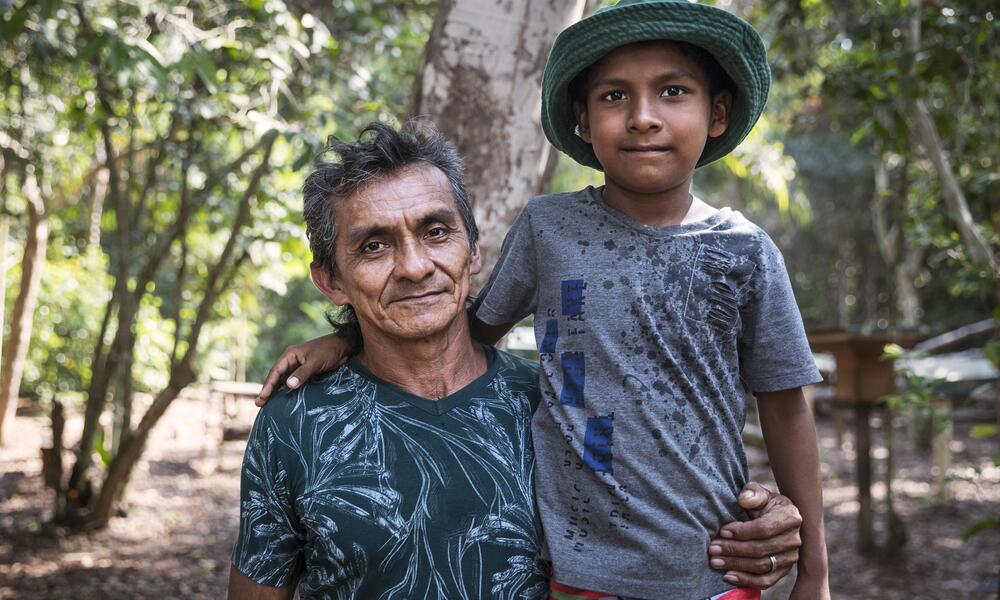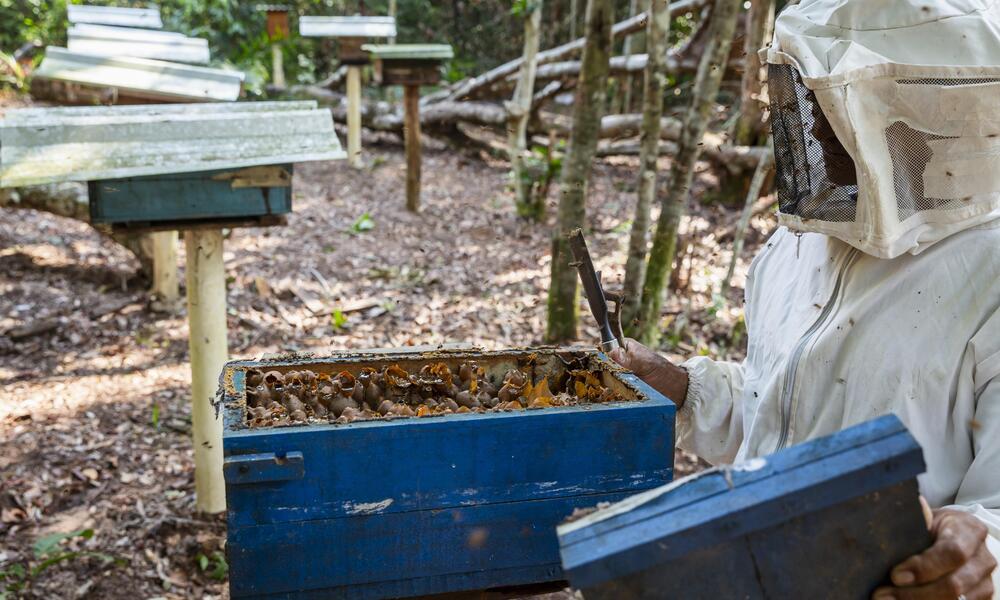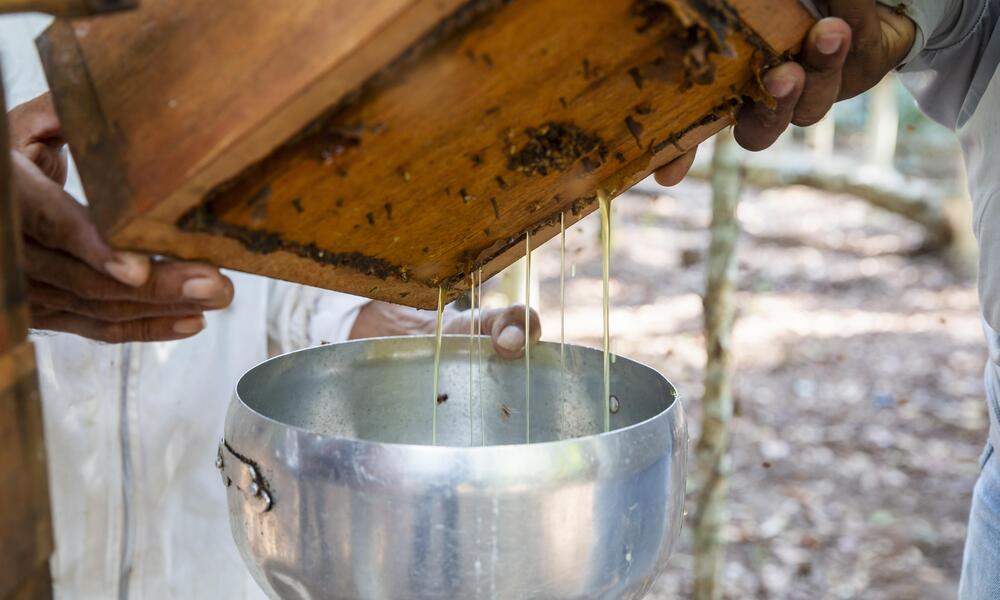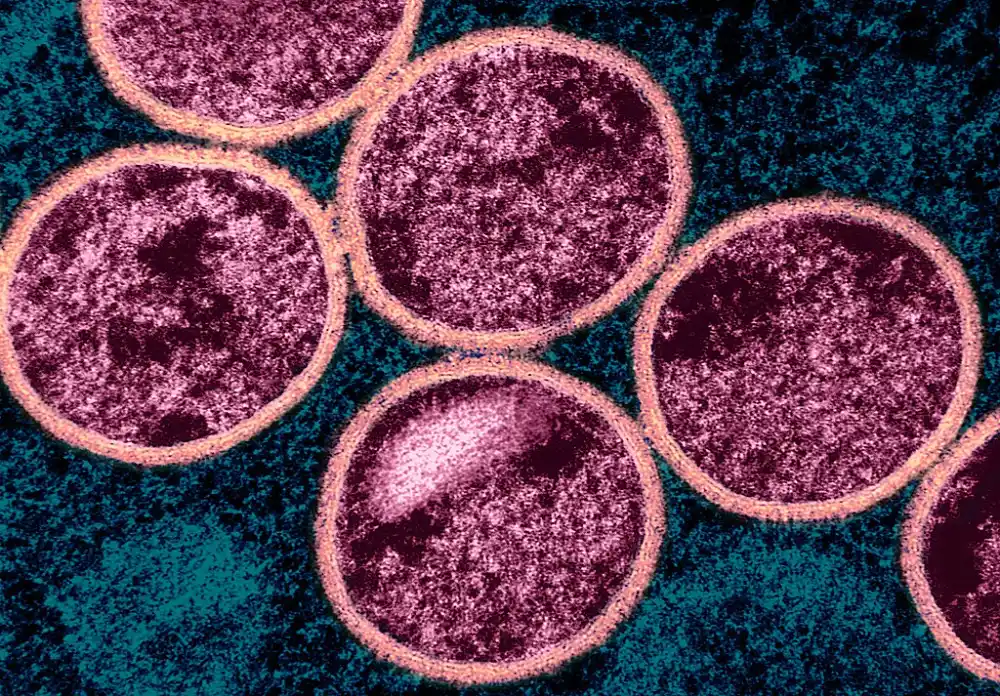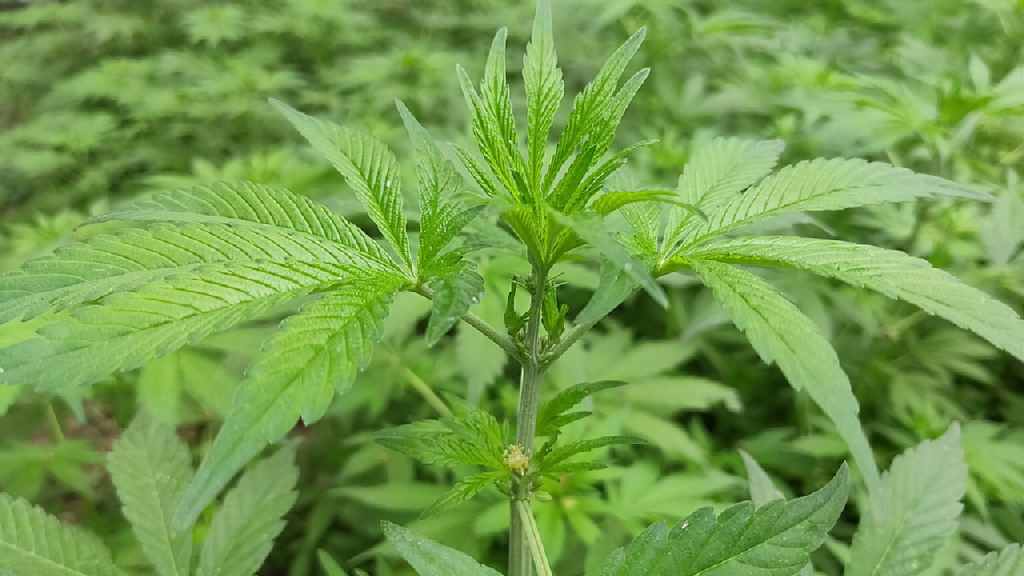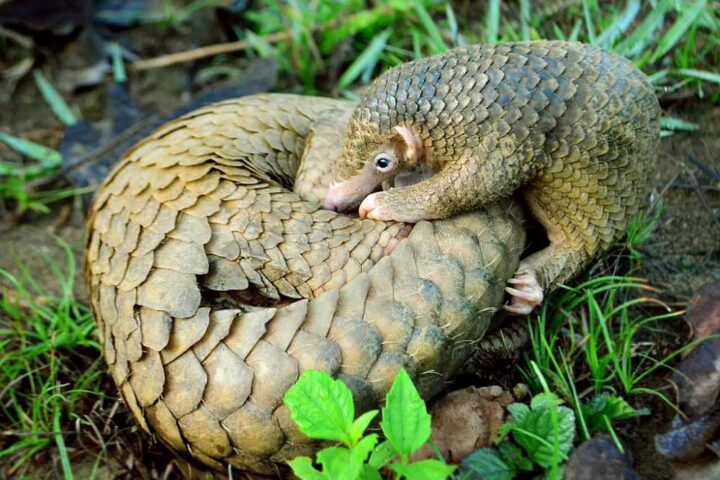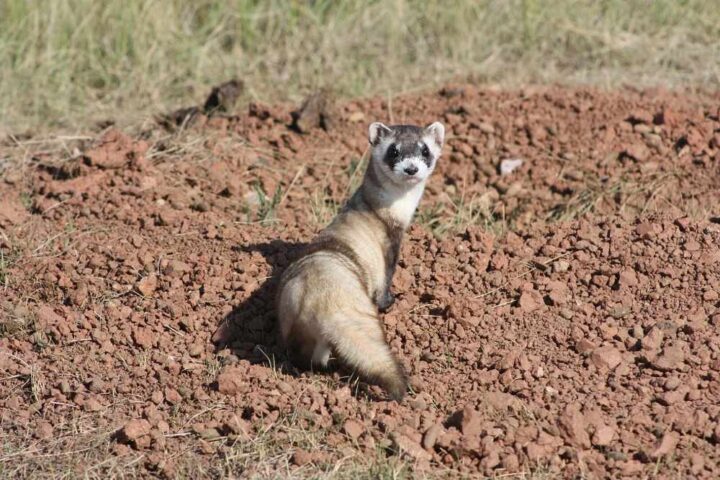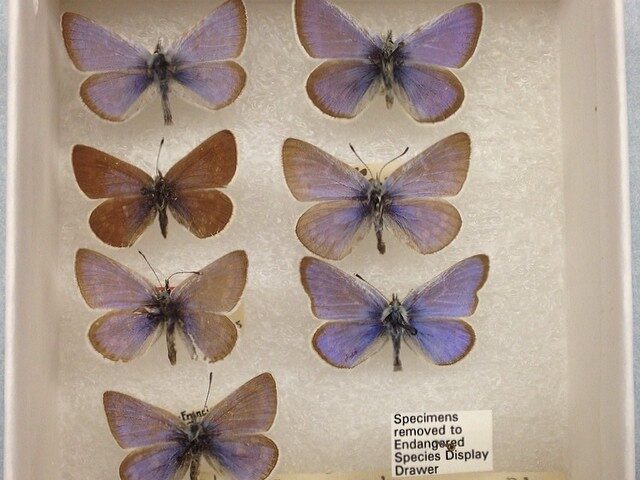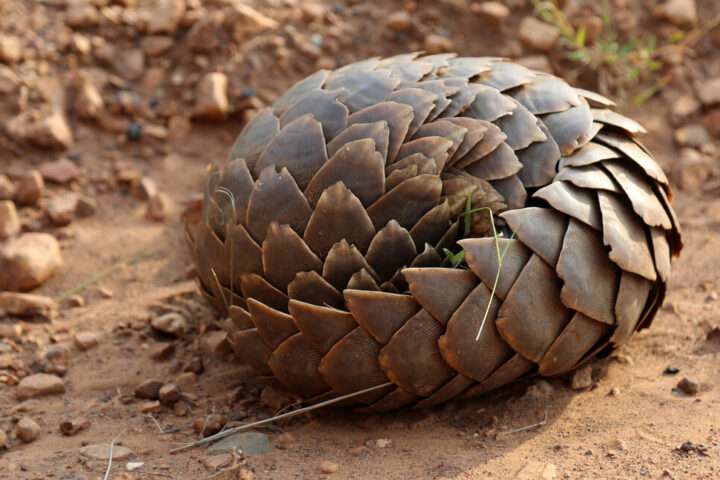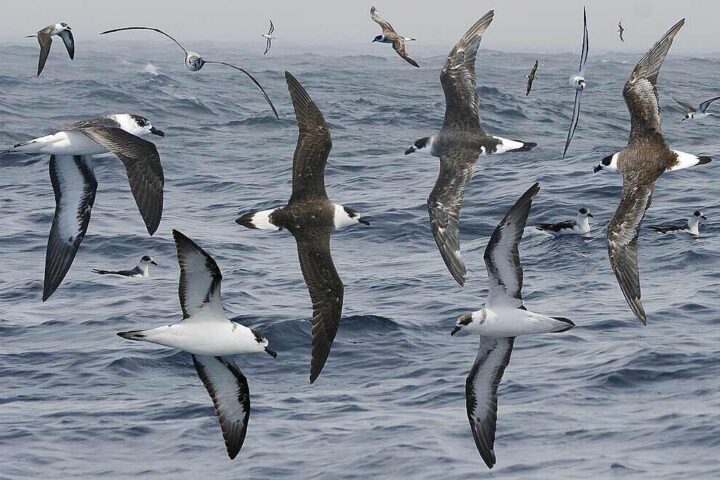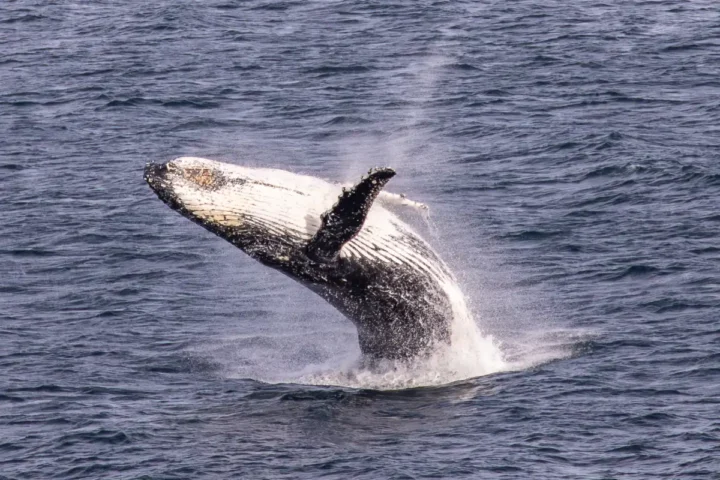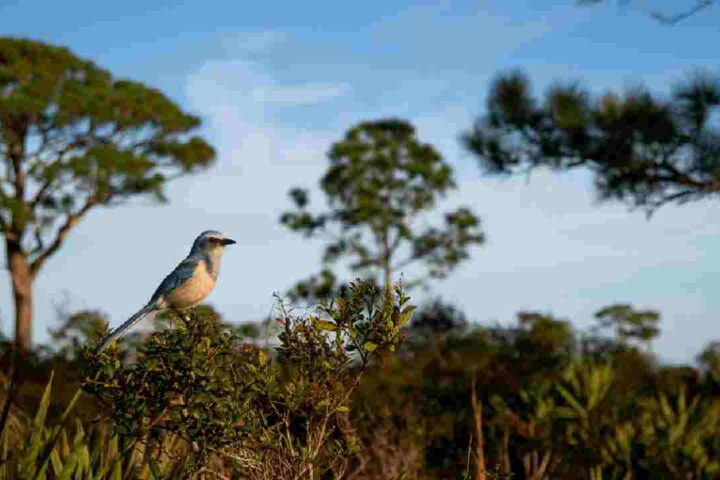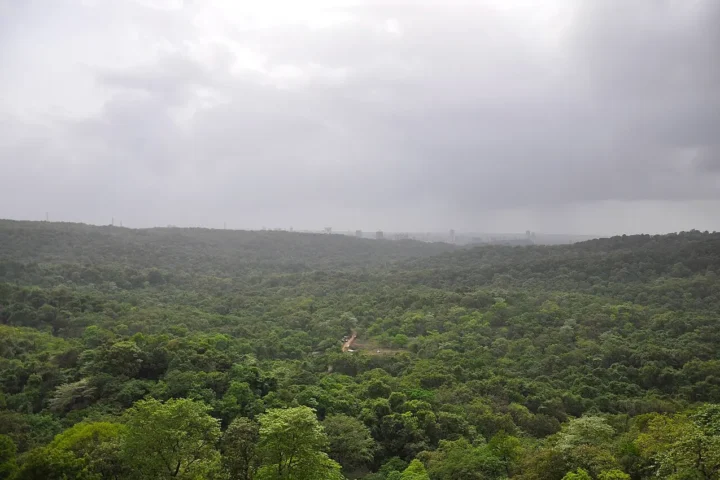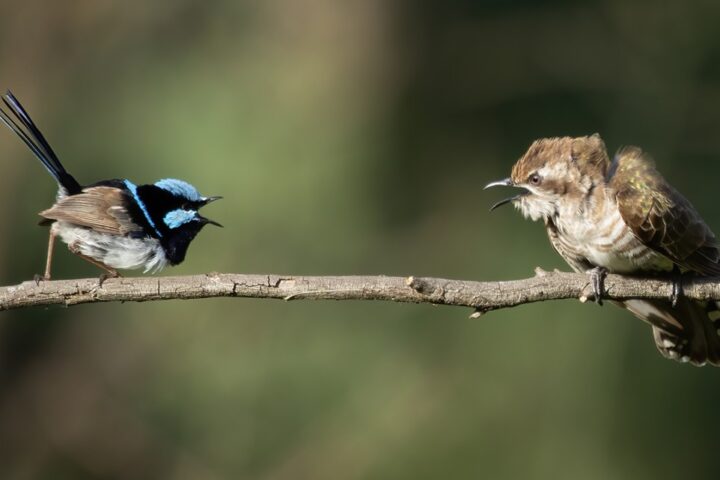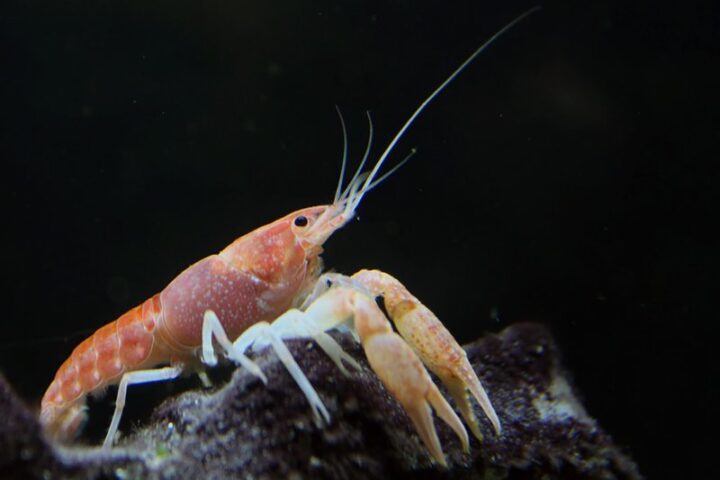In the Amazon, Stingless Bees Provide a Sustainable Livelihood
Beekeeping helps an Indigenous community near the Tapajós River earn income and continue protecting the forest.
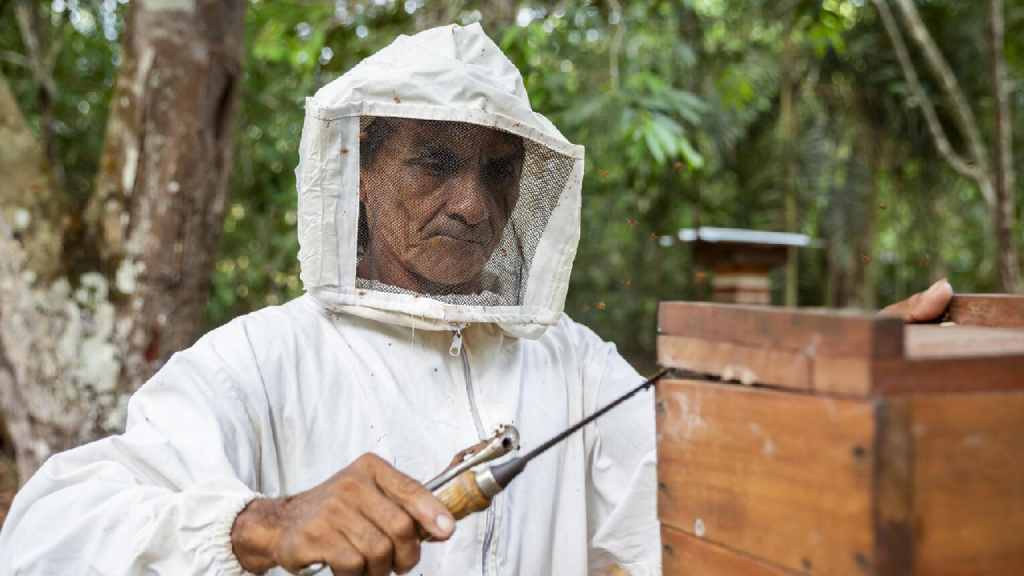
When José Ivanildo Correia dos Santos was a child, picnics along the Arapiuns River offered food, water, and a place to play. Today, stingless bee beekeeping helps the family earn an income while living beside the Brazilian Amazon and the wider Tapajós basin. Full background via WWF.
Family Beekeeping Milestones
Tap or click the years to view what changed.
Quick check: Which cooperative supported local trainings?
Bee Box Planner
Move the slider to set a box count and compare with the family’s milestones.
Workshops and equipment support came through the Agroextractive Workers of Western Pará Cooperative (ACOSPER) with partners including WWF and Projeto Saúde e Alegria. The river keeps water close, and cashew trees near the home support bee foraging. The family’s seven-year-old, Jackson, plans to be a beekeeper.
Further reading on pollinators and communities on Karmactive: stingless bee honey research, honey village initiative, and bee protection tools.
More Context & Related Coverage
Details covered include family memories along the Arapiuns River, the start of 12 boxes in 2010, ACOSPER support beginning in 2022 with 9 boxes, growth to 20 boxes, and two honey sales to date.
Photo Gallery
